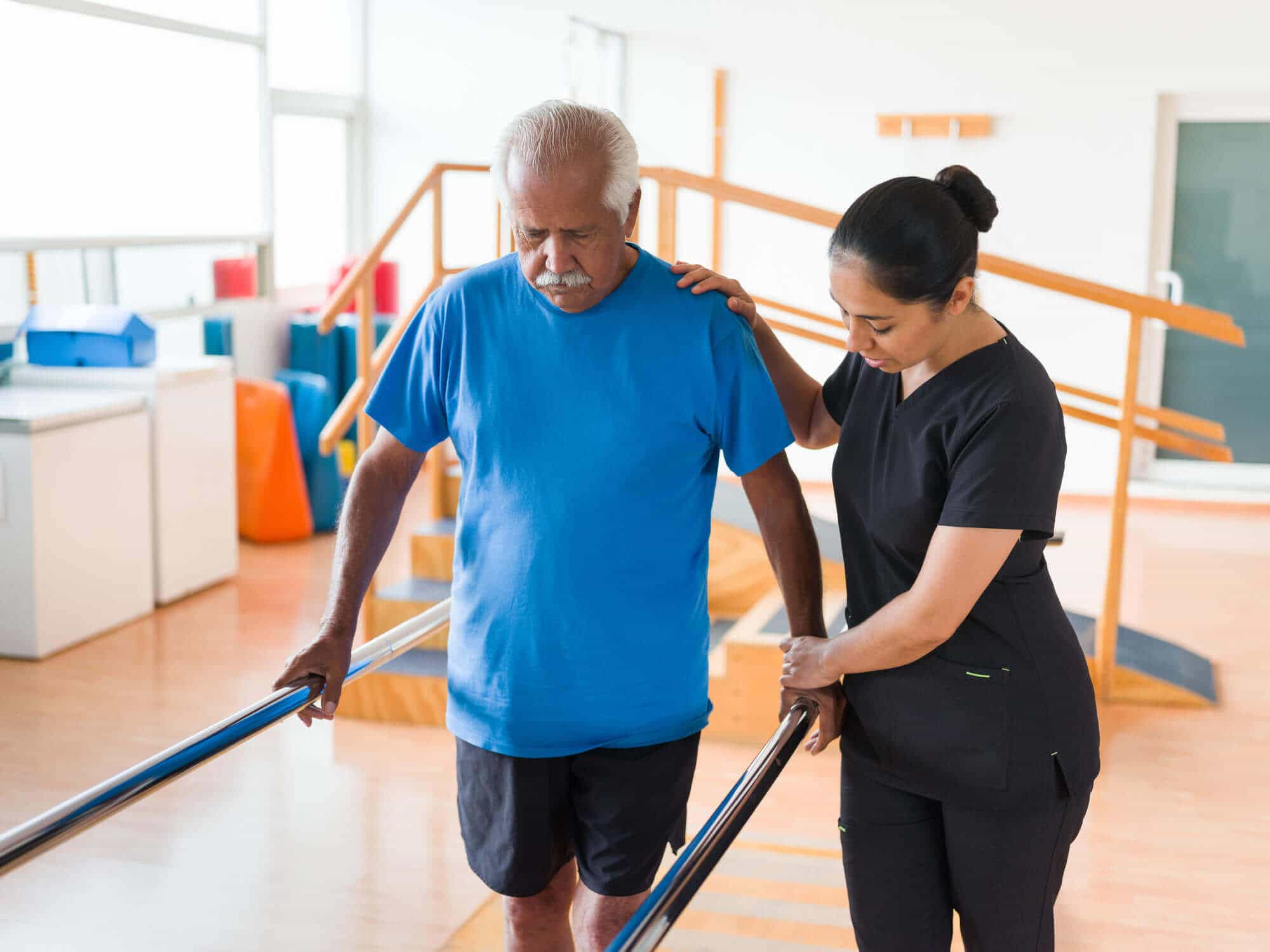Investigating the Diverse Methods of Physical Rehabilitation for Enhanced Recovery and Restoration
Investigating the Diverse Methods of Physical Rehabilitation for Enhanced Recovery and Restoration
Blog Article
Physical rehabilitation is an important discipline that helps people recover from injuries, surgeries, and multiple health issues. It entails a variety of methods designed to improve movement, alleviate discomfort, and enhance general bodily capability. Physical practitioners are trained professionals who evaluate each client’s requirements and create personalized treatment strategies. These plans often consist of workouts, manual therapy, and instruction about physical mechanics. By employing these varied techniques, physiotherapy can significantly enhance a patient’s quality of life.
One common technique used in physical is rehabilitative activity. This includes specific movements and activities that assist strengthen muscle strength, improve flexibility, and increase stamina. For instance, a client rehabilitating from knee surgery may perform exercises that focus on rebuilding strength in the lower limb muscles. These activities are meticulously selected based on the individual’s status and objectives. By gradually increasing the difficulty and challenges of the exercises, physiotherapy therapists can help patients regain their strength and movement over time.
Another important technique is manual treatment, which comprises physical methods to adjust the human body soft tissues and articulations. This can involve stretching, joint movement, and manipulation. Hands-on therapy seeks to alleviate pain, reduce swelling, and improve circulation. For instance, a therapist may apply gentle pressure to relieve stress in stiff muscle groups or to help a articulation move more freely. This technique is often integrated with other therapies to improve recovery and encourage healing. Clients often find hands-on therapy to be a relaxing and beneficial way to manage their pain.
In addition to exercises and manual treatment, education plays a vital role in physiotherapy. Therapists instruct patients about their issues and how to manage them efficiently. This may include advice on proper alignment, body mechanics, and strategies to avoid future traumas. For example, a practitioner might show a client how to lift weighty items properly to avoid straining their spine. By empowering clients with knowledge, physical practitioners help them assume an active part in their recovery and promote sustained health and fitness.
Finally, technological advancements is increasingly being integrated into physical methods. Tools such as sonography, electrical stimulation, and immersive reality can enhance conventional treatment methods. These technologies can help reduce discomfort, encourage healing, and offer engaging methods for clients to participate in their recovery. For example, immersive reality can create engaging settings for patients to rehearse actions in a safe plus protected setting. As technology continues to evolve, it provides promising possibilities for enhancing recovery outcomes in physiotherapy.
In conclusion, physiotherapy includes a variety of methods that work in unison to assist rehabilitation and healing. Through rehabilitative exercises, manual treatment, client education, and the application of technology, physical practitioners provide comprehensive treatment tailored to each patient’s needs. This holistic method not only helps clients recover their physical abilities but also enables them to maintain their well-being in the long future. As an increasing number of people recognize see it here the advantages of physical, it continues to play a crucial role in the pathway toward enhanced well-being and well-being.